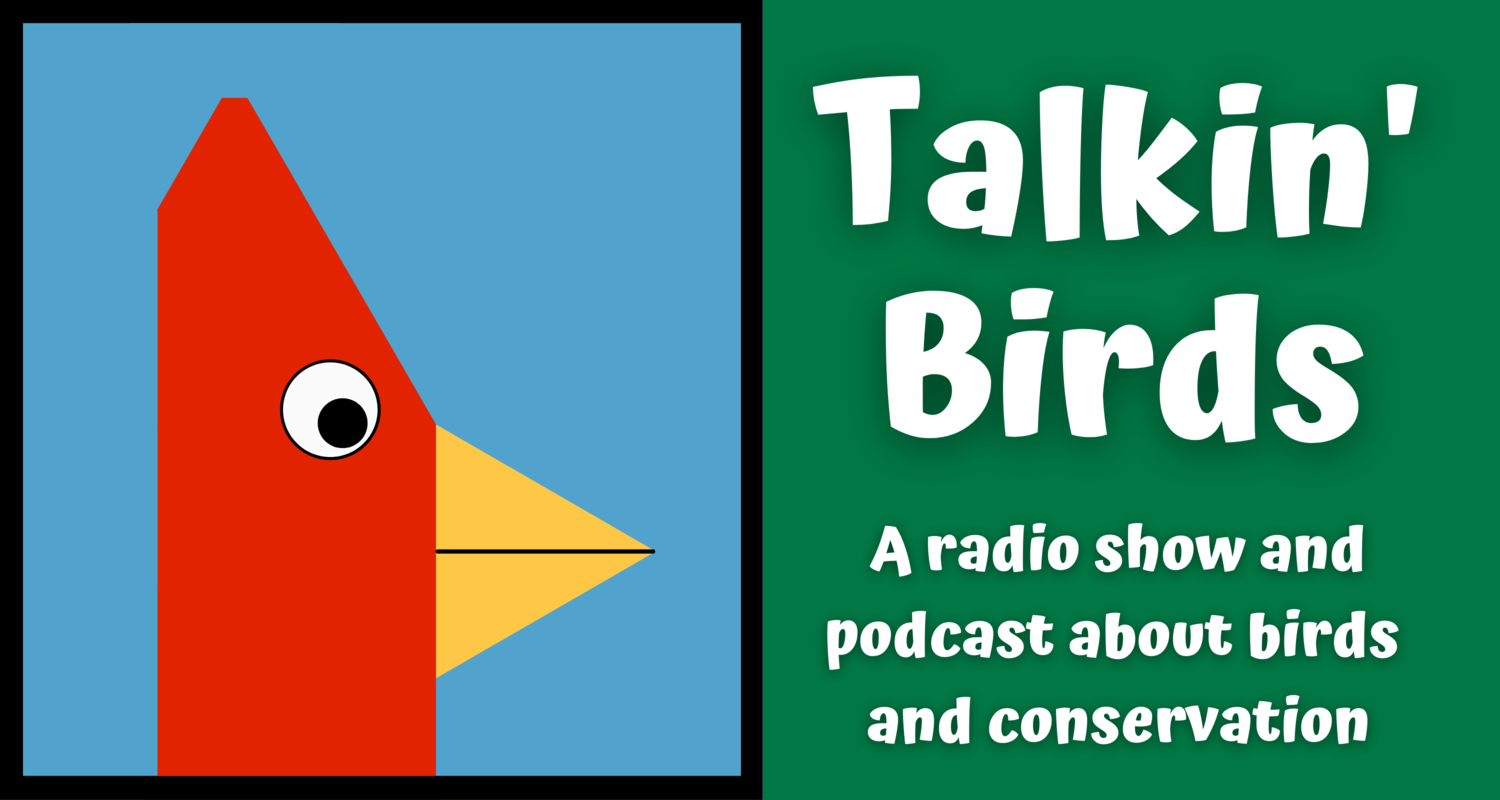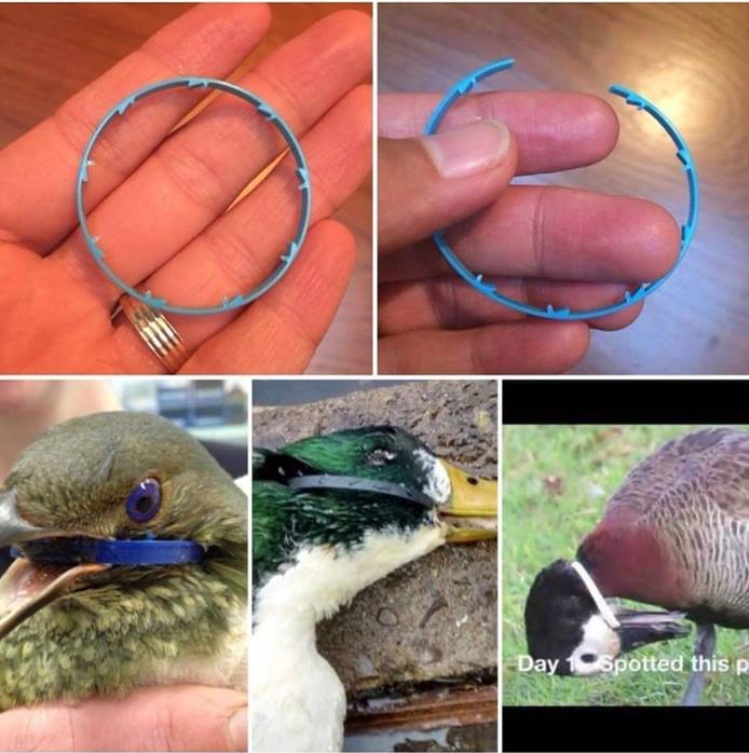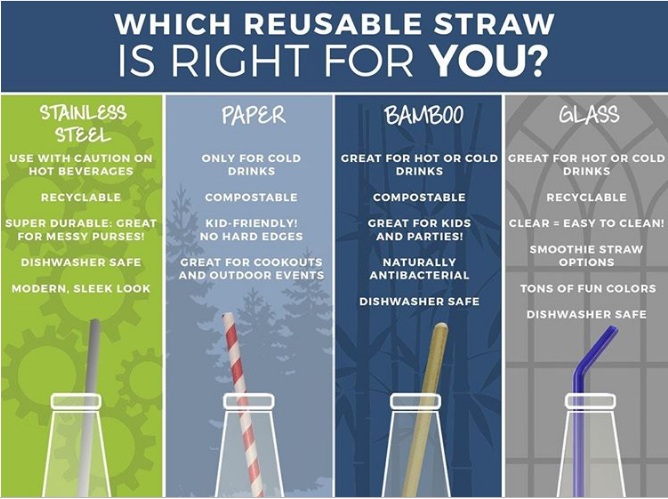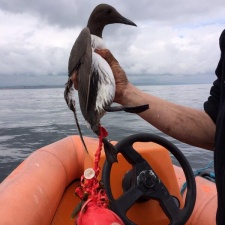Things We Can Do to Help Birds
We know the feeling: Such a big planet, so little time to help birds. Therefore, we’re glad to offer seven things to do every day that will directly benefit the birds we love and other creatures besides.
1. Drink shade-grown, bird-friendly coffee.
Many of North America’s migratory birds spend the winter in Central and South America, where much of our coffee is grown. Traditional coffee farming involves getting rid of all native trees and plants, then cultivating coffee plants, which aren’t native. Migratory birds need forests in order to thrive, so replacing forests with coffee plants is a huge problem for them. But there is a solution: Coffee plants can grow in the shade. More and more coffee plantations are leaving the upper layers of forests intact, clearing only the lower layers for coffee plants. This practice allows birds to forage and shelter in the upper layers. We can encourage this method of coffee-farming by looking for the Smithsonian Migratory Bird Center Certified Shade Grown Bird-Friendly Coffee logo when we buy coffee to brew at home. We can also raise awareness at cafés and restaurants by asking whether the coffee they serve is bird-friendly.
Click here to find bird-friendly coffee near you.
Here’s a link to Birds and Beans Coffee, one of our favorite prizes for winners of our Mystery Bird Contest.
And here’s an article from the Cornell Lab of Ornithology about other bird-friendly foods.
2. Cut plastic six-pack rings before throwing them out.
Plastic does not decompose, so it often ends up in our waterways and oceans. Even if we throw it in the trash, it can blow out of the garbage truck, down the sewer, and eventually into the sea. It has been estimated that in one year, one million seabirds will die from six-pack rings. So when we buy a six-pack of cans or pull a plastic ring off a bottle, we should use scissors to snip through the rings. We might save a seabird or other wildlife from getting strangled.
Read here for hopeful information on eco-friendly six-pack rings.
3. Say no to plastic straws.
It has been estimated that in the United States, 500 million plastic straws are used every day and then discarded. They often end up in the ocean, breaking up into small pieces and being eaten by birds and other marine life. Many cafés, restaurants, and fast food chains are switching to biodegradable straws. We can say no to plastic straws when they’re offered, bring our own reusable straws, support businesses that use biodegradable straws, and encourage others to follow.
Learn more here about the impact of plastic straws.
If you own or work at a restaurant, here’s an article about offering plastic straws only upon request.
4. Don’t use balloons.
Balloons are so much fun, but even if we don’t release them into the air, deflated or popped they will likely end up in the ocean. Many seabirds and turtles mistake deflated balloons for food, which can clog their intestines and kill them. Instead of celebrating with balloons, how about we use bubbles, flags, banners, or streamers?
Read here for further explanation of the harmful effects of balloons on seabirds.
And click here for suggestions for alternatives to balloons.
5. Keep your cat inside.
Cats, both wild and domesticated, kill birds. According to the American Bird Conservancy, domestic cats are the number one direct, human-caused threat to birds in the United States and Canada. In the United States alone, outdoor cats kill approximately 2.4 billion birds every year. So what can we do? We can keep our pet cats indoors. According to the American Humane Society, keeping cats indoors is good for them, too. Being indoors protects them from life-threatening diseases and parasites, prevents them from being hit by cars, and reduces the risk of their ingesting toxins or poisons by mistake. Even if we don’t keep our cats indoors all the time, keeping them in overnight can still help reduce their impact on birds.
Click here for more on the health benefits of keeping a cat indoors.
For ways to let cats experience the outdoors without harming birds, check out this article.
Take the American Bird Conservancy Cats Indoors Pledge here.
6. eat only sustainable fish and seafood.
Many fish and seafood production practices are not selective, so they end up catching or harvesting species that birds depend on for food. Sometimes the problem is in the fishing method. Sometimes it’s in the fact that the desired species is being farmed instead of wild-caught, or wild-caught instead of farmed. Regardless, by choosing sustainable fish and seafood products, we are not competing with seabirds for the fish they need to survive.
The free Monterey Bay Aquarium’s Seafood Watch app quickly and easily determines the environmental impact of fish or seafood. Read more here, then click through to your preferred app store.
7. Prevent window strikes on your home and office windows.
It has been estimated that, in the Unites States alone, somewhere between 100 million and one billion birds die each year from flying into glass. Birds can’t see glass, and even if they do, they don’t know what it is, so they just keep flying. Bird strikes are especially frequent at night, when many songbirds migrate, because lights are often left on overnight in tall buildings and birds fly toward them. The good news is that architects can design buildings and the areas around them to be more bird-friendly. Additionally, we can modify the glass in our own homes and offices to help prevent window strikes.
If anyone you know is building a house or renovating an office, give them this guide from New York City Audubon.
If you find an injured bird (from a window strike or anything else), here’s how to give it the best chance of recovery.







